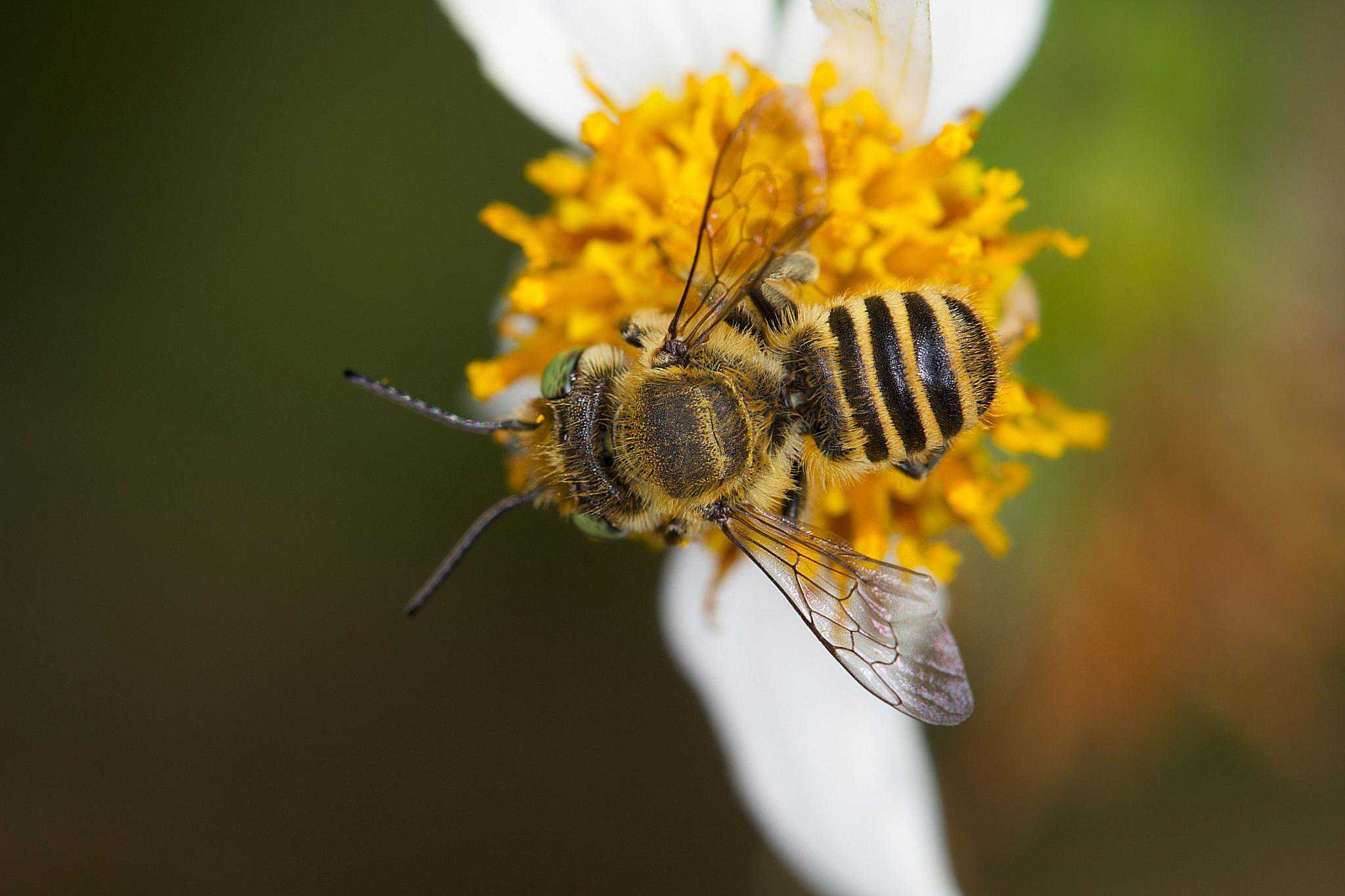Wasps Are Makıng Nests Of Plastıc
Amazing but true! As humans increase the use of polymer materials in construction, some wild bee species seem to adapt to this in an interesting way. Canadian scientists from York University and Guelph University have studied and documented two ways of using plastic materials by wasps.
Plastic waste is spreading globally. In some insects, behavioral flexibility and adaptation observations are rarely observed in increasingly plastic-rich environments. Here, two types of megachilid bee species are described, using different types of polyurethane and polyethylene plastics, rather than natural materials, to form and seal the incubating cells in the larvae-containing wells. Plastics collected by each type of bee are often similar to the natural substances sought. Megachile rotundata using cut plant leaves forms incubation cells from cut polyethylene-based plastic bags, while megachile campanulae using plant and wood resins has incubation cells made of polyurethane-based external sealant. Perhaps, although collected by chance, the use of plastics in bee nests may increasingly reflect the ecological adaptation characteristics necessary to survive in a human-dominated environment.

Scientists studying urban bees and wasps behavior examined nests made by bees nesting in man-made cavities, called trap nests or drilled wooden blocks. In such a slot, the hatching cell line is placed in a slot to form a nesting gallery. To do the work, more than 200 trap slots were installed in places around Toronto. After collecting and examining these nests, scientists found the presence of unnatural materials.
Available Polyurethanes
An analyzed nest was made by megachile campanulae, a wild bee species native to Southern Ontario. This bee collects and uses plant resins (pine extract, etc.) for nest construction. Some hatching cells in this nest looked different in color and consistency. Cell walls were analyzed by FTIR spectroscopy and X-ray microanalysis using field emission SEM (Scanning Electron Microscope) and compared to other natural incubation cells as well as chemical reference materials. Elemental analysis and FTIR spectra showed the strong presence of polyurethane polymers used in insulation materials and caulking frequently applied to the exterior of buildings.
About megachile rotundata, a different bee nest, scientists have found some incubating cells in which they replace approximately 20 percent of the cut leaves normally used by such bees to build pieces of polyethylene plastic film (such as those used in grocery bags). It meant that the use of polyurethane based sealants could be random and not due to the lack of natural resin options.




